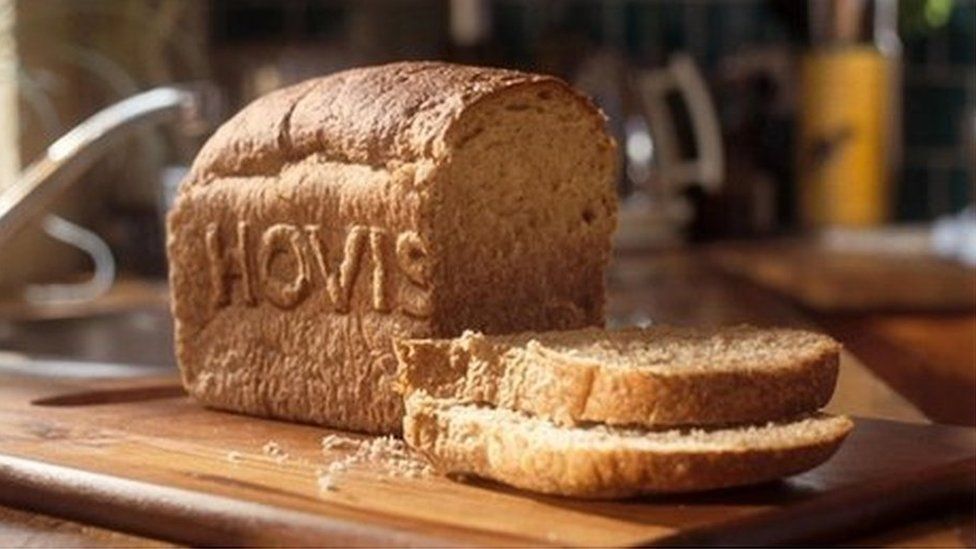Iconic Ads: Yellow Pages – J R Hartley

The Yellow Pages went from being a resource exclusively used in emergencies to one that people could turn to for the finer things in life.
An old gentleman searched for a book at every store he could find. When his daughter suggests looking in the Yellow Pages, he eventually finds a copy from the comfort of his recliner, and his delight is amplified when the viewer realises that the man looking for the book is the author himself.
“Good old Yellow Pages. We don’t just help with the nasty things in life, like a blocked drain. We’re there for the nice things too,” the voiceover says.
When the commercial originally aired in 1983, it marked a significant shift for the company.
“Yellow Pages was a place you turned to if somebody broke your window or your plumbing packed up, but no one had really explored the opportunity of expanding
usage” explained John Condron, who headed up marketing at Yellow Pages at that time and eventually went on to become CEO.
To make matters worse, consumers had come to immediately associate the Yellow Pages with crises, leading to a “very flat” level of use. Condron thought it was time to try something new and put the campaign out to tender, with a two-word brief: boost utilisation or usage.
There will be more people advertising in the book if there are more people using it, and that will lead to a greater amount of data being included in it; and because more data means more value, the cycle continues.
Although AMV was one of the agencies that presented, the outcome of the competition was not certain. Condron deemed AMV a “curiosity” at the time since it was more renowned for print and outdoor advertising than it was for television commercials.
In Condron’s mind, David Abbott had been referred to as the king of copywriting, and not for television commercials. When Condron and the Yellow Pages team visited AMV, they discussed the approach with the company’s executives. All along, Peter Mead, another co-founder, took the lead on these matters. Condron saw that David was reclining back in his chair with his hands behind his head, staring out the window, and he wondered, “Shouldn’t you be paying more attention?” Isn’t this something that’s very important to you? “
According to Condron, Abbott said, “You know what, this isn’t it,” after they’d exchanged their first impressions. “It’s more of the same stuff. It’s not the way this should go.” He said, “Leave it with me. I’ll write an ad over the weekend and we can see where we go from there.”
However, it was evident to Abbott that Yellow Pages’ positioning needed to shift from being a resource for people in a crisis to a source of support for the nicer aspects of life.
If people only use the book in emergencies, they put it away or use it as a door stop, “he said to Condron. “We need to make the yellow book more appealing to consumers if we want to see an increase in use,” adds Condron.
Mead’s unsuccessful search for a CD player sparked the inspiration for the commercial. He was frantic to get one. He had gone into shops only to discover that they were all out of stock. And then it occurred to him, “Hey, why don’t I utilise the Yellow Pages?” And the next day, he spotted one.
He told this tale to David and Leslie [Butterfield, then AMV’s planning director], and it really resonated with David and gave the spark
In Condron’s words, the commercial was a “knockout” that resulted in an instant increase in use. It had a tremendous effect. According to the sales staff, this was the first time a customer had responded in this way.
Yellow Pages’ penetration in non-emergency categories rose from 5 to 6 % to between 15 and 20 % within a few years.
This commercial is unapologetically emotional, says Mead, and it was a hit with viewers. I believe that emotion is the most powerful human feeling. ” It was relatable to a wide audience.” Because of this, these commercials have been around for a long time.
However, Mead remembers that the commercial might have been quite different. In the first ad, Abbott wrote about a guy seeking to purchase his daughter a pony, while the second ad was for a book about European butterflies. “Butterflies and ponies were a little too elitist,” said Abbott, who then chose to use a fly fishing book for the first commercial and a father searching for a bicycle for his kid for the second.
JR Hartley, the old gent in the commercial, became such a cultural phenomenon that eight years after it was released, author Michael Russell ghost-wrote Fly Fishing: Memories of Angling Days by JR Hartley, which went on to be published by Random House.
Norman Lumsden, the retired opera singer who portrayed JR Hartley, benefited greatly from the commercial as well. People recognised him on the street more often than when he was an opera singer. And he was opening stores and county fairs,
Ads in honour of the late Norman Lumsden were shown again in 2001. In 2011, Yellow Pages released a reimagined version of the commercial. Pulse and Thunder, a trance remix by a fictional Day V Lately, was found on the Yellow Pages app.



